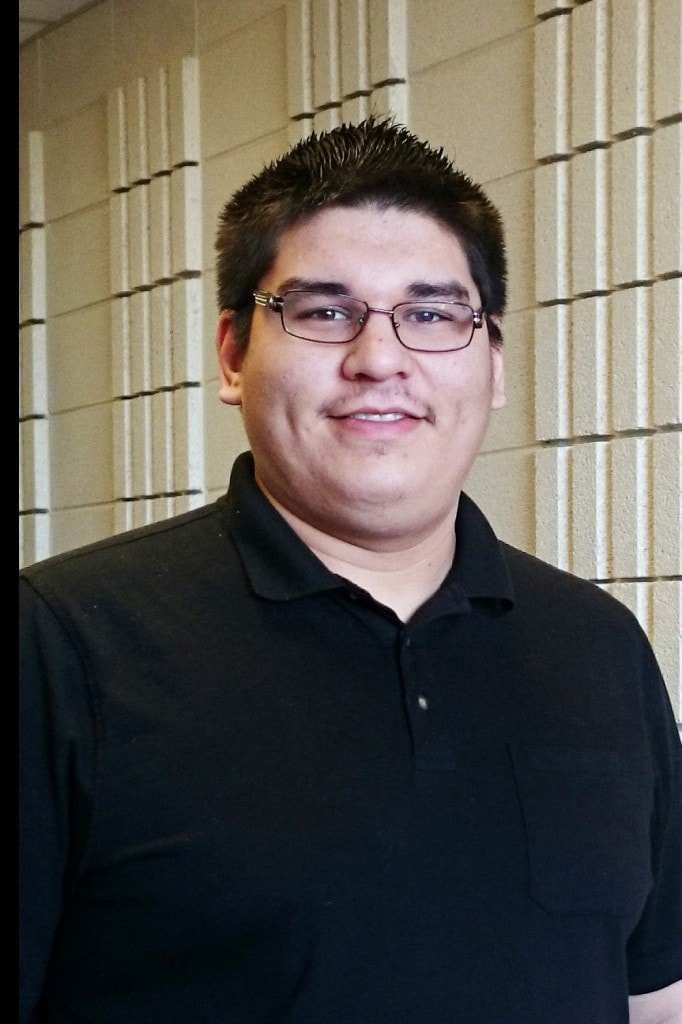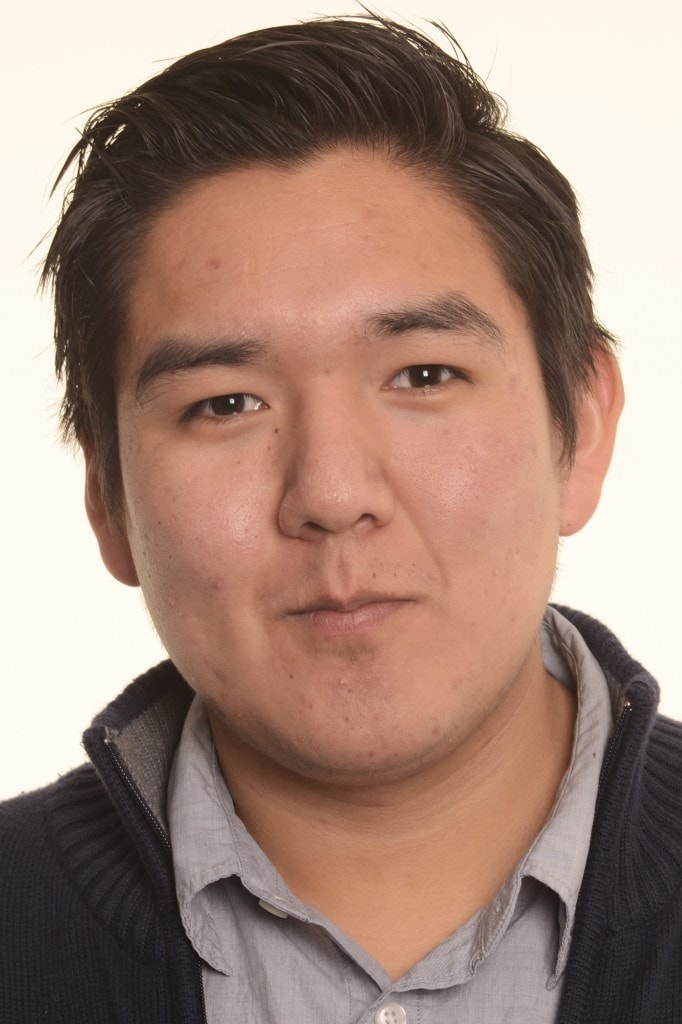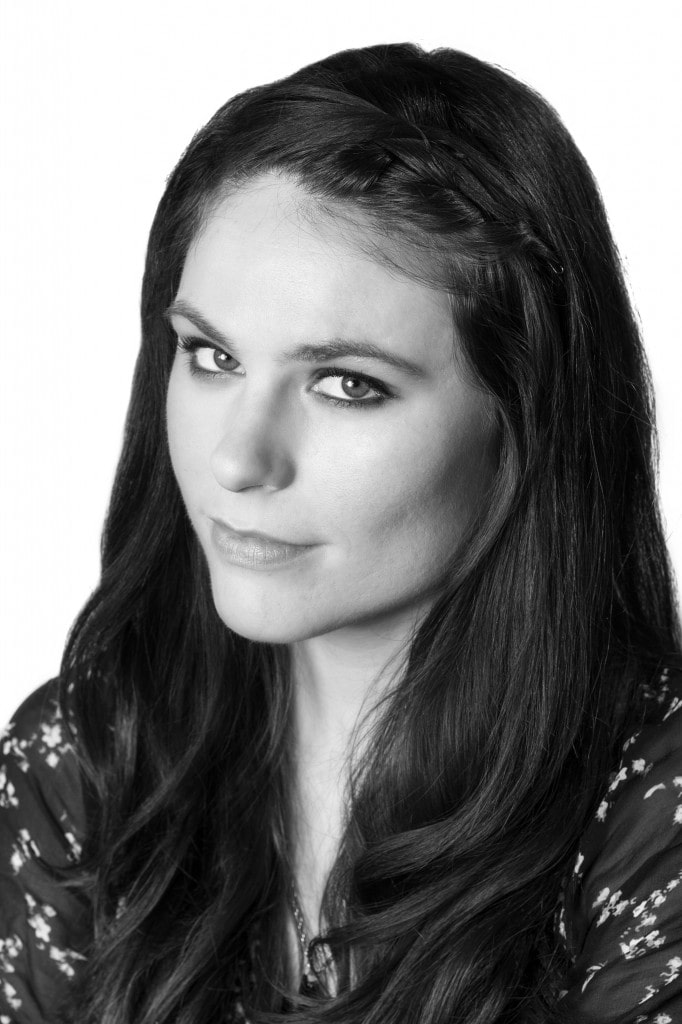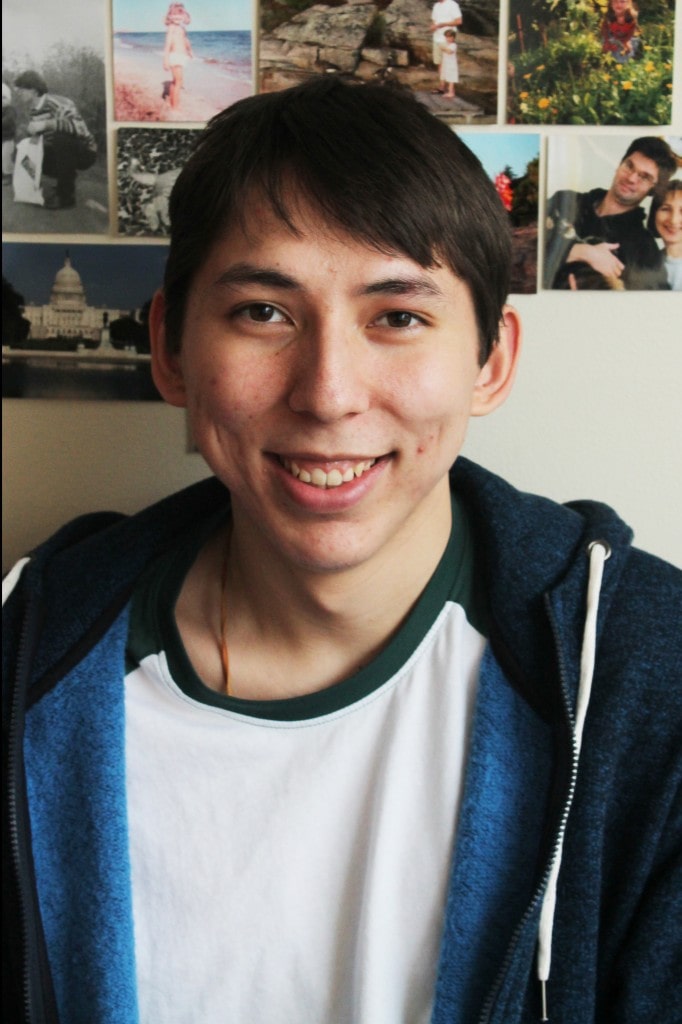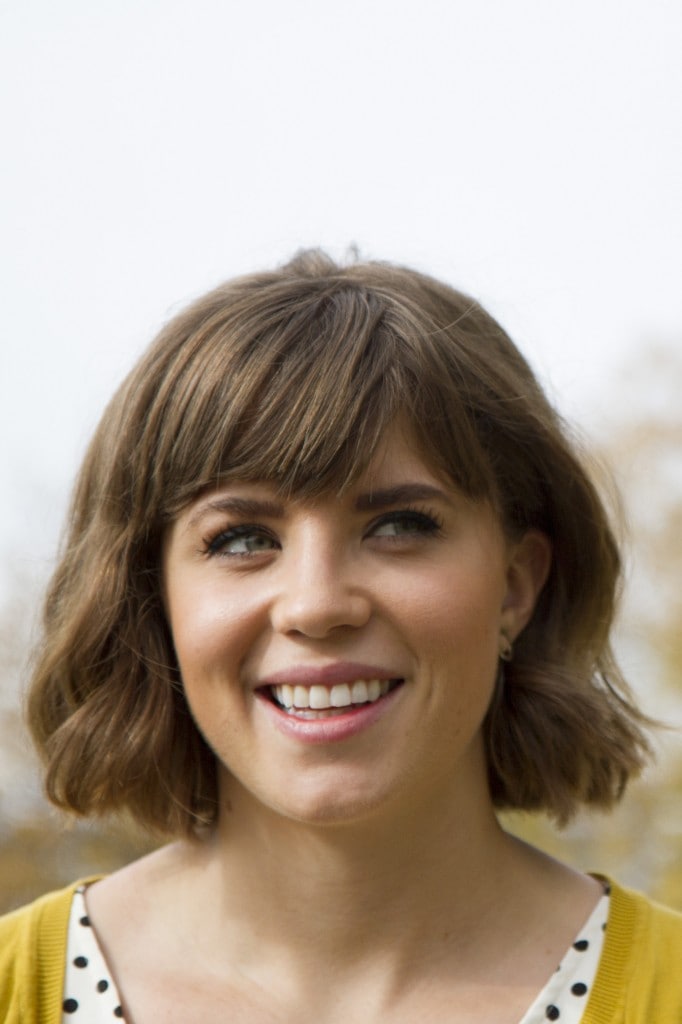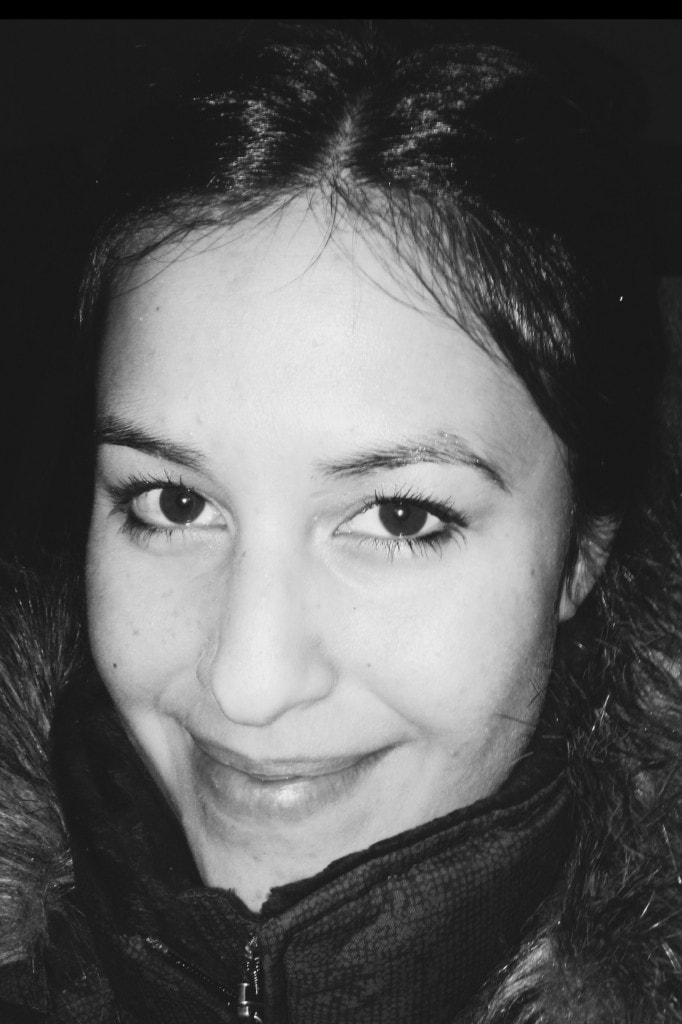JHR is investing in outstanding Canadian Indigenous journalism students with scholarships to post-secondary journalism and media programs. All of the successful candidates will be continuing their studies in September 2015. Learn more about each recipient below!
“I entered journalism to properly tell the stories of my culture and people, and represent all First Nations across Canada.”
 Tawnya Plain Eagle is a second-year Digital Communications and Media student at Lethbridge College. She is from Piikani Nation and plans to become a Jingle Dress Dancer. She became a reporter to counter stereotypes and combat negative attention towards Indigenous issues. After graduation, Plain Eagle wants to bring her knowledge and experience back to her home community in the hopes of encouraging more teens to become journalists.
Tawnya Plain Eagle is a second-year Digital Communications and Media student at Lethbridge College. She is from Piikani Nation and plans to become a Jingle Dress Dancer. She became a reporter to counter stereotypes and combat negative attention towards Indigenous issues. After graduation, Plain Eagle wants to bring her knowledge and experience back to her home community in the hopes of encouraging more teens to become journalists.
“Indigenous storytelling is the most creative. There is a lot of opportunity to grow as an Indigenous journalist.”
Corey Jacobs i s a first-year journalism student at Loyalist College. He is a member of the Crane Clan and is learning how to speak Ojibwe fluently. Issues of social justice and the environment influences his reporting, such as a documentary he worked on about an ancestral canoe journey close to Peterborough. Jacobs wants to create his own publication and report local news for small native communities around the Kawartha Lakes.
s a first-year journalism student at Loyalist College. He is a member of the Crane Clan and is learning how to speak Ojibwe fluently. Issues of social justice and the environment influences his reporting, such as a documentary he worked on about an ancestral canoe journey close to Peterborough. Jacobs wants to create his own publication and report local news for small native communities around the Kawartha Lakes.
“I get to live many lives in the stories I’ve been told and I think it’s a privilege.”

Stephanie Lee Joe is a journalism student at the Southern Alberta Institute of Technology. The youngest in a family of eight, she found writing to be the only way to express herself. She became a journalist because she wants improve living conditions for Indigenous people. Stephanie would like to work for an Indigenous Broadcasting Corporation one day and travel to different Native communities to see how they live and record their stories for posterity.
“Journalism is a very rewarding career; the act of sharing another’s story through the craft of writing, videography, and photography is gratifying.”
Trevor Solway is a communications student at Mount Royal University. He’s a Blackfoot  from Siksika Nation—where he grew up on his grandfather’s ranch and learned the value of hard work. Storytelling in Indigenous culture inspired him to enter journalism. In the past five years, he worked for a bi-weekly newspaper, helped produce 12 films and created two documentaries. Solway plans on gaining knowledge and wisdom in Canadian media after graduation.
from Siksika Nation—where he grew up on his grandfather’s ranch and learned the value of hard work. Storytelling in Indigenous culture inspired him to enter journalism. In the past five years, he worked for a bi-weekly newspaper, helped produce 12 films and created two documentaries. Solway plans on gaining knowledge and wisdom in Canadian media after graduation.
“I feel that navigating my film and media skills towards journalism will allow me to support the Indigenous arts community as well as the growth and development of Indigenous media across Canada.”
 April Johnson is a filmmaking student at Capilano University. From a young age, she found media arts as an antidote to the hard winters on the Muskoday First Nation reserve. Johnson is working towards a career in Indigenous media arts in Vancouver, B.C. and hopes to bring her skills back home. Through this scholarship April will be participating in the Loyalist-Trent summer institute in journalism.
April Johnson is a filmmaking student at Capilano University. From a young age, she found media arts as an antidote to the hard winters on the Muskoday First Nation reserve. Johnson is working towards a career in Indigenous media arts in Vancouver, B.C. and hopes to bring her skills back home. Through this scholarship April will be participating in the Loyalist-Trent summer institute in journalism.
“I’ve found that there aren’t a lot of scholarships out there for Indigenous students studying journalism. This was a great opportunity for me to achieve my goals.”
 Kyle Edwards is a second-year journalism student at Ryerson University. He grew up on Lake Manitoba First Nation and after interning in a remote Indigenous community in Guyana, he realized he wanted to be a journalist. Stories on Indigenous culture and issues are most important to him. Kyle Edwards’ goal is to work at an established publication like the Toronto Star or The Globe and Mail.
Kyle Edwards is a second-year journalism student at Ryerson University. He grew up on Lake Manitoba First Nation and after interning in a remote Indigenous community in Guyana, he realized he wanted to be a journalist. Stories on Indigenous culture and issues are most important to him. Kyle Edwards’ goal is to work at an established publication like the Toronto Star or The Globe and Mail.
“Finding a job in journalism isn’t always an easy task, and I want to be able to work somewhere that is in line with my own ideals, without having to worry about how much I’m getting paid.”
 Nicole Wiart is a communication student in her final year at Grant MacEwan University. Growing up in a small town taught her the importance of keeping traditions alive and her love of storytelling led to a career in journalism. In the past, she worked at a community radio station and Global News. Wiart wants to combine her writing and broadcast skills to create multimedia content for the web.
Nicole Wiart is a communication student in her final year at Grant MacEwan University. Growing up in a small town taught her the importance of keeping traditions alive and her love of storytelling led to a career in journalism. In the past, she worked at a community radio station and Global News. Wiart wants to combine her writing and broadcast skills to create multimedia content for the web.
“The industry needs more Indigenous storytellers. It is important that these types of stories are told.”
 Hayden Watters is a fourth-year journalism student at the University of King’s College. In his spare time, he hosts an alternative radio show and plays in a band. He hopes to work in broadcast journalism to report stories on everyday people—the type of stories he finds most important and memorable. Watters is the recipient of the 2015 Donaldson Scholarship for Journalism and will continue his studies as a graduate student at Ryerson University in the fall.
Hayden Watters is a fourth-year journalism student at the University of King’s College. In his spare time, he hosts an alternative radio show and plays in a band. He hopes to work in broadcast journalism to report stories on everyday people—the type of stories he finds most important and memorable. Watters is the recipient of the 2015 Donaldson Scholarship for Journalism and will continue his studies as a graduate student at Ryerson University in the fall.
“Journalism is the only balanced and fair way to get information out to the public, and if we want our voices to be heard, we have to be on the front line doing so.”
Candice-Ros e Gagnon is a journalism student at Loyalist College. She is an emerging reporter, keen photographer, avid traveller and talented painter. She believes in the importance for both Indigenous and non-Indigenous reporters to collaborate in order to bring out more objective and in-depth stories from the community. One of her future goals is to capture the lives of Indigenous communities around the world through documentary projects.
e Gagnon is a journalism student at Loyalist College. She is an emerging reporter, keen photographer, avid traveller and talented painter. She believes in the importance for both Indigenous and non-Indigenous reporters to collaborate in order to bring out more objective and in-depth stories from the community. One of her future goals is to capture the lives of Indigenous communities around the world through documentary projects.
Looking ahead, JHR will support six intrepid young journalists this summer as they intern at Aboriginal Peoples Television Network and Global News newsrooms, adding much needed balance and Indigenous perspective to Canadian storytelling and paving the way for a new generation of reporters to relay the information that matters to us all. JHR’s scholarships for Canadian Indigenous journalism students are generously supported by The RBC Foundation, The J. W. McConnell Family Foundation, The Donner Canadian Foundation, and The Canadian Commission for UNESCO.

